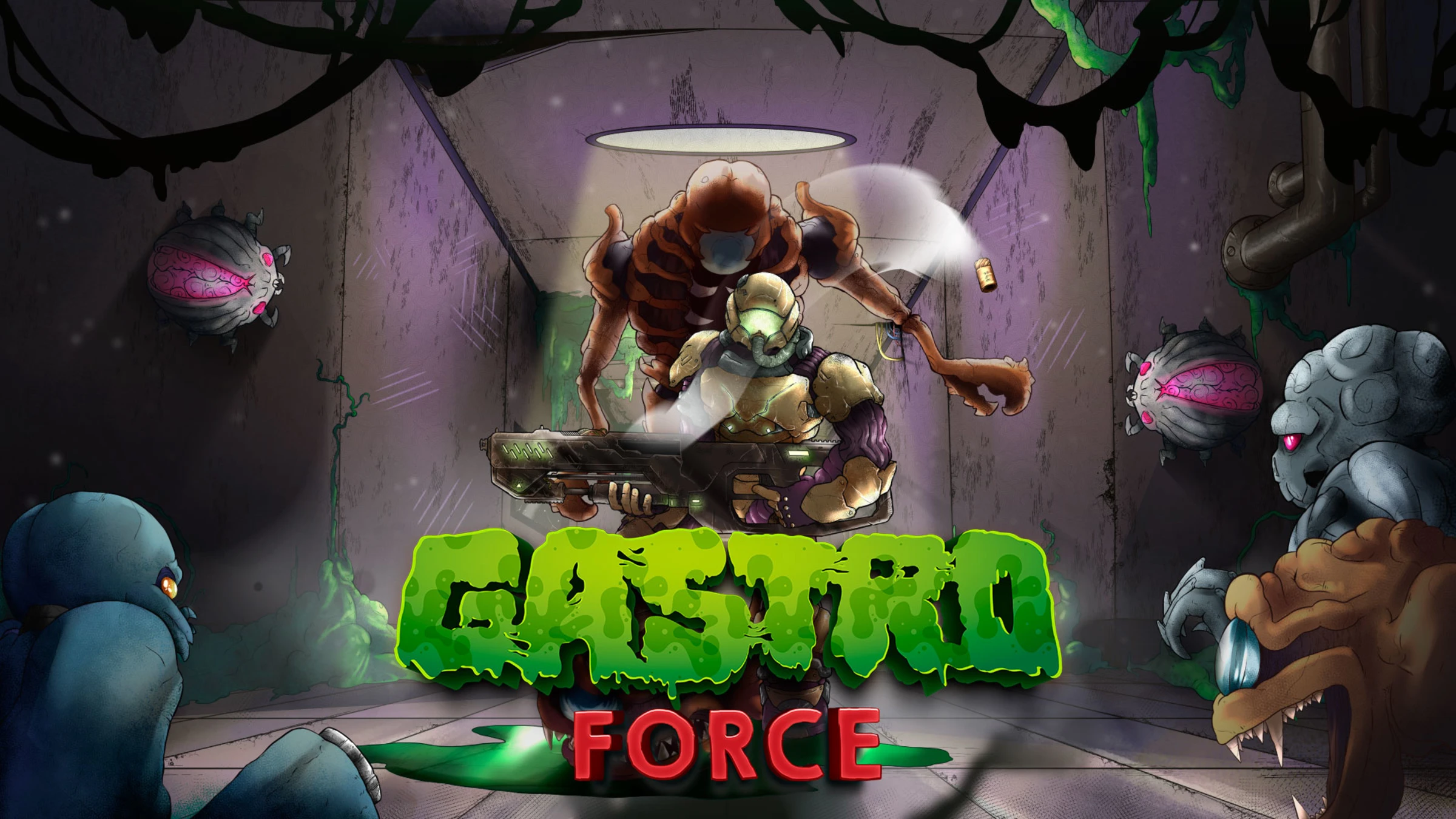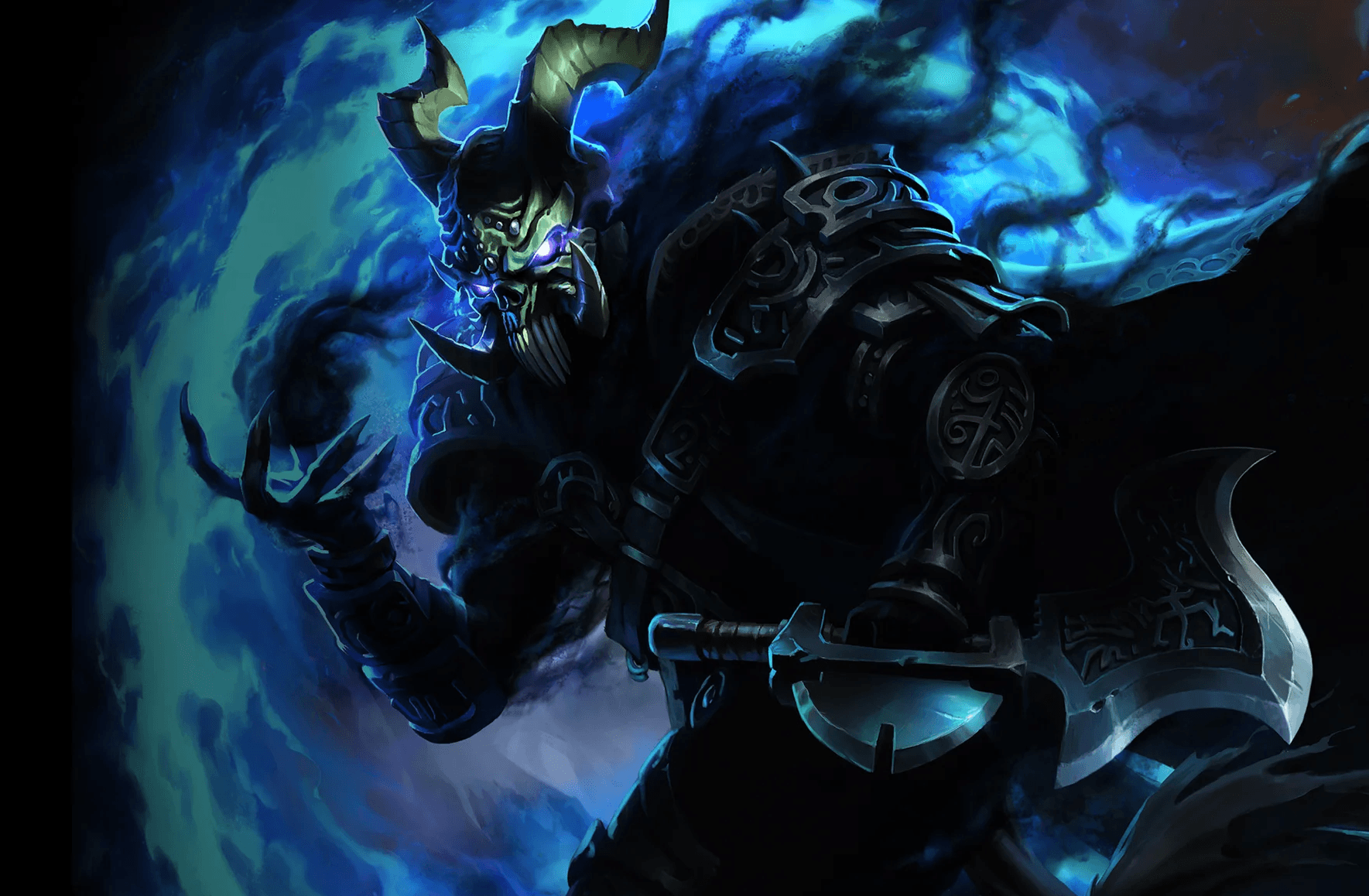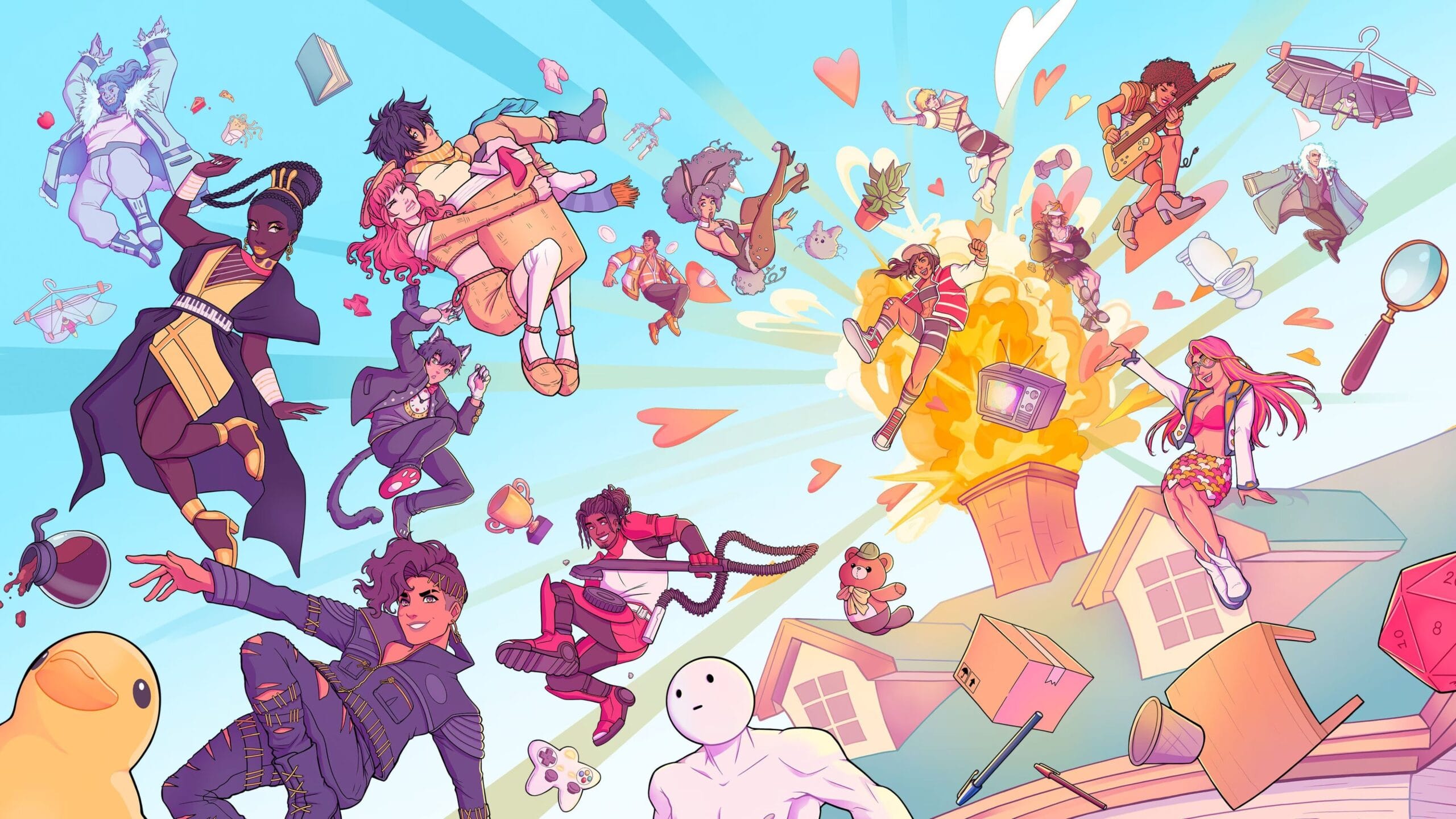It is startling to think that first-person shooters are now well into their fourth decade. While it had precursors of its own, 1992’s Wolfenstein 3D was the “grandfather” of the genre. It is the logical comparison point for any throwback shooter below a certain level of technical sophistication, and Gastro Force fits the bill. This project likely served as a useful learning experience for developers Ink Eye Games and somepx, but in the cold light of day it is difficult to recommend.
The player steps into the no doubt sticky boots of the last surviving soldier of the titular fighting force. Instead of heavily armed chefs – like a sort of culinary equivalent to Fashion Police Squad – this strike team is instead named for its missions inside giant alien creatures. This may have been a late addition, though, as no mention is made of it for the entirety of the game’s first third. Without any preamble, the mission begins in the overwhelmingly grey corridors of “Storage”.
Gameplay is the FPS stripped down to its barest essentials. Levels are maze-like in the Wolf tradition, and made up entirely of 90-degree angles. Progression is dictated by key hunts, and hitting numerous switches to remove laser grids. Combat is similarly primitive, with a handful of humdrum guns and braindead enemy AI. But for the quality of the pixel art, this could be a long-lost sequel to Blake Stone, dusted off after 30 years in a drawer somewhere.
Of course, there are those who like FPS games which are this firmly retro in approach. Gastro Force is eminently functional in this sense – but it does have its frustrations. Movement feels clunky, and the protagonist jars awkwardly against walls and especially corners. The ammo balance is very tight, so secret-hunting becomes almost mandatory after the first few levels. Without pushing at suspicious-looking walls, the player will soon be reduced to swinging a pipe at angry aliens and this rarely ends well.
Mercifully, there is a good automap which makes tackling the labyrinthine levels much more manageable than it might have been. It also tends to make secrets fairly easy to sniff out, as they occupy logical dead zones in the level geometry.
As in Wolfenstein 3D, there is also no height variation in the playable space. Some flying enemies can rise up from inaccessible depths, and crates may be stacked high, but our gastro trooper is stuck on a single flat plane. There are no stairs, ramps, or lifts. This, combined with the geometric tyranny of the 90-degree angle and the repetitious music, means that Gastro Force begins to feel very monotonous, very quickly. If you lose concentration, expect to die and replay the whole level – there are no manual saves here. Things do pick up a little at the outset of a new episode, when new foes and hazards are introduced.
This kind of early-FPS throwback can be done well, as Project Warlock proved. Indeed, that game’s sequel arguably suffered for trying to leave the charming backwardness of its predecessor behind. One key issue that Gastro Force has is that it does almost literally nothing that is new. Without a novel hook of its own – some original mechanic, visual style, story, or gimmick – it is simply surplus to requirements.
Retro shooters are coming down the pike so fast that a pedestrian exercise like this is unneeded, however authentic its execution. Something like Zortch, for example, is hugely more interesting and even more inexpensive. In this context it is impossible to be enthused about the bare-bones nature of Gastro Force. One can hope, though, that this project was mainly a learning process for the developers, and that they may yet have something with more meat still to come.





